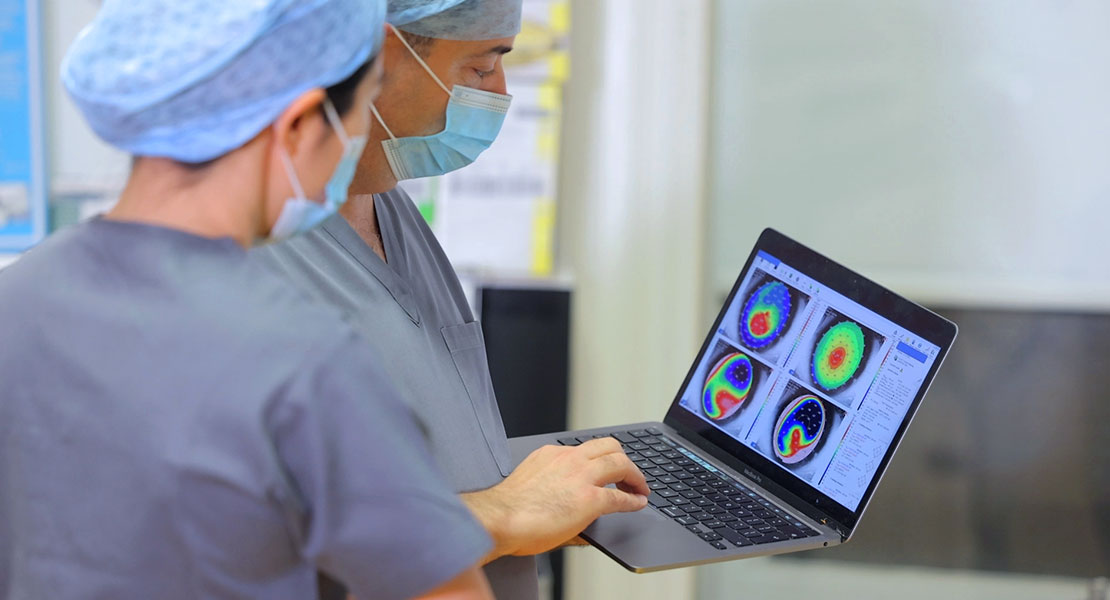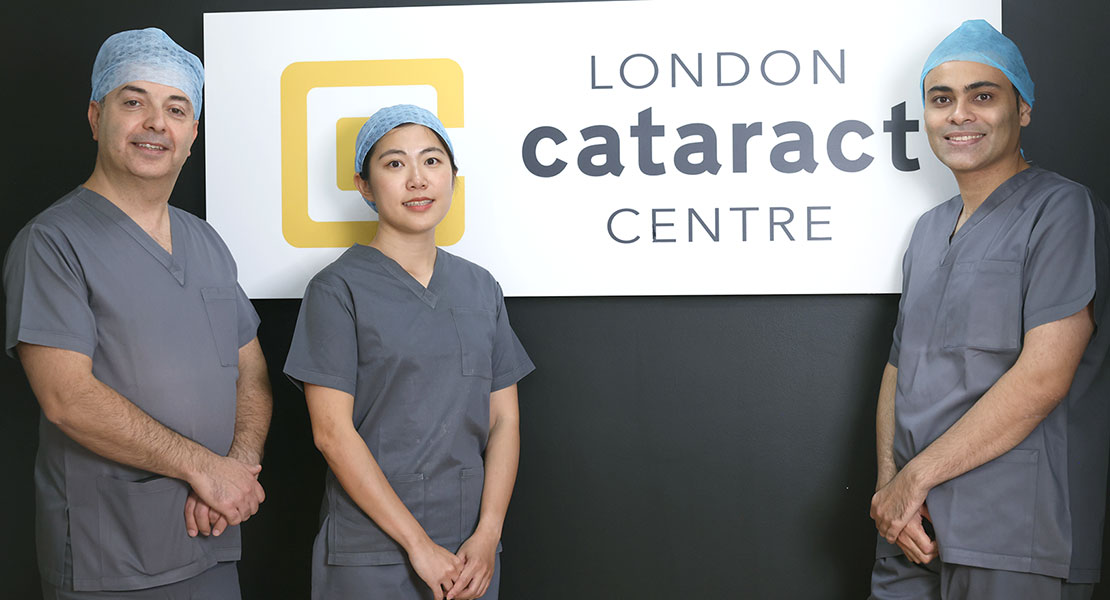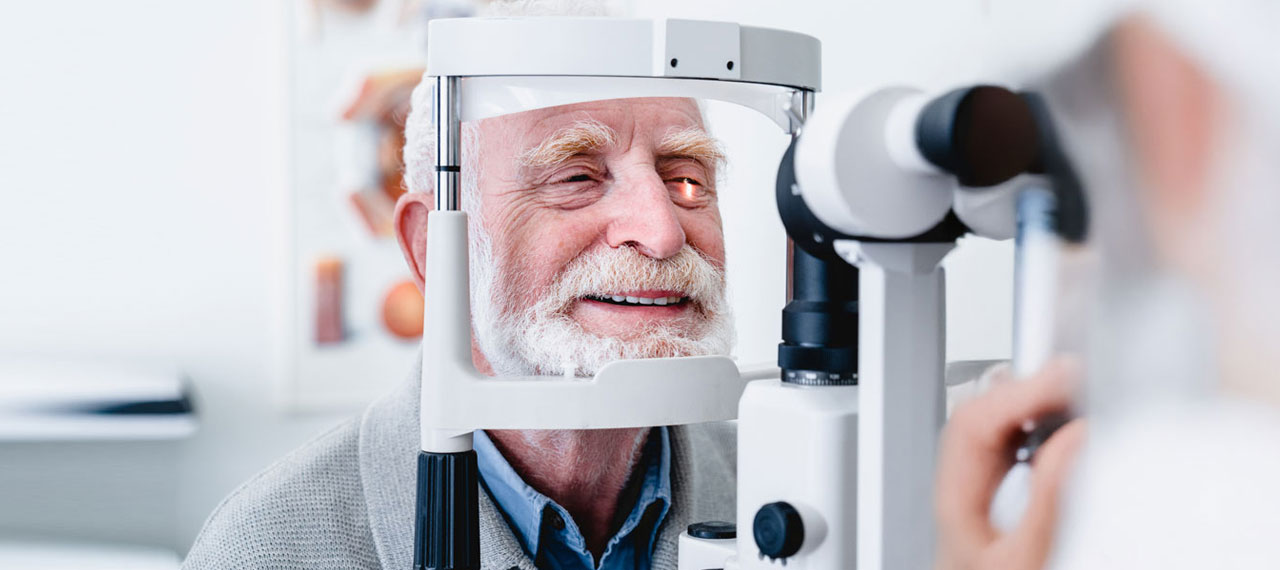Cataract surgery is one of the most common and successful medical procedures performed worldwide. It is a operation designed to remove the cloudy lens from the eye and replace it with a clear artificial lens, restoring vision and significantly improving quality of life. If you or a loved one is preparing for cataract surgery, understanding the process can help ease any concerns and ensure a smooth experience. Here’s what you need to know before, during, and after the procedure.
Before Cataract Surgery
Diagnosis and Consultation:
Cataract surgery is a highly successful procedure, but thorough preoperative assessment is crucial to ensure optimal results. The first step in the process is an in-depth eye examination and consultation with an ophthalmologist, who will assess the severity of the cataract and determine the best surgical plan tailored to your specific needs.
Comprehensive Eye Examination
Your ophthalmologist will conduct a series of diagnostic tests to evaluate the overall health of your eyes, measure the severity of the cataract, and identify any underlying conditions that may affect the surgery or recovery. These tests include:
- Visual Acuity Test
This standard eye test measures how clearly you can see at various distances. It is usually performed using a Snellen chart, where you read letters or numbers of varying sizes. The results determine the extent of vision loss caused by the cataract and help assess whether surgery is necessary.
- Slit-Lamp Examination
A slit-lamp microscope allows the ophthalmologist to closely examine the front structures of the eye, including the cornea, iris, and lens. This detailed inspection helps assess the density and location of the cataract, as well as detect any signs of other eye conditions, such as glaucoma, corneal disorders, or infections, that might influence the surgery or its outcome.
- Retinal Exam (Dilated Eye Exam)
Since cataracts can obscure the view of the retina, the doctor will use special eye drops to dilate (widen) the pupils, allowing a clearer view of the back of the eye. This exam helps detect conditions like macular degeneration, diabetic retinopathy, and retinal detachment, ensuring that no other problems might impact vision recovery post-surgery.
- Measurement of the Eye (Biometry)
This crucial step involves measuring the size and shape of the eye to determine the correct power of the intraocular lens (IOL) that will replace the natural lens. Two common techniques used for this are:
- Optical Coherence Biometry (OCT): Uses light waves to take precise measurements of the eye.
- Ultrasound Biometry (A-Scan): Uses sound waves to measure the eye’s length if the cataract is too dense for optical methods.
These measurements are essential in selecting the most appropriate artificial lens (IOL) for the best possible visual outcome after surgery.
Discussion of Intraocular Lens (IOL) Options
Diagnosis and Consultation:
Once the diagnostic tests are complete, your ophthalmologist will discuss the available intraocular lens (IOL) options with you. Since the cataract-affected lens is being removed permanently, the type of replacement lens you choose will determine how well you see after surgery. The most common options include:
- Monofocal Lenses
- The most commonly used IOL.
- Provides clear vision at one fixed distance (near, intermediate, or far).
- If distance vision is corrected, you may still need reading glasses.
- Multifocal Lenses
- Designed to provide clear vision at multiple distances (near, intermediate, and far).
- Reduces dependence on glasses but may take time to adjust to.
- Can cause glare or halos around lights, particularly at night.
- Toric Lenses
- Specially designed for patients with astigmatism (an irregularly shaped cornea).
- Corrects vision at one or multiple distances while also improving astigmatism.
Choosing the right lens depends on various factors, including lifestyle, occupation, personal preference, and budget. Your doctor will guide you through the pros and cons of each type to help you make an informed decision.

Review of Medical History and Pre-Surgery Preparation
Your doctor will also conduct a thorough review of your medical history to ensure you are in good health for surgery. Some key aspects include:
- Medications: Certain medications, such as blood thinners or diabetes drugs, may need to be adjusted before surgery to reduce potential complications.
- Chronic Conditions: Conditions like diabetes, high blood pressure, or autoimmune diseases may need to be stabilised before proceeding with surgery.
- Allergies: If you have known allergies to medications or anaesthesia, it’s important to inform your doctor.
Your ophthalmologist will also provide preoperative instructions, such as using prescribed eye drops, avoiding certain foods or drinks before the procedure, and arranging for transportation on the day of surgery.
By thoroughly understanding the preoperative process, patients can feel more confident and prepared for cataract surgery. The detailed assessment ensures that the procedure is customised to meet each individual's needs, resulting in the best possible visual outcome.
- Preparing for Surgery
- Medication Adjustments: You may be advised to stop taking blood-thinning medications a few days before surgery to reduce the risk of bleeding.
- Eye Drops: Your doctor might prescribe antibiotic and anti-inflammatory eye drops to prevent infection and inflammation.
- Fasting: You may be required to avoid eating or drinking for a few hours before the procedure.
- Transportation: Since your vision may be temporarily impaired after surgery, you will need someone to drive you home.
- During Cataract Surgery
What to Expect During the Surgery
Cataract surgery is a relatively quick and minimally invasive procedure, usually performed on an outpatient basis. This means patients can go home the same day, as the surgery does not require an overnight hospital stay. The entire procedure generally takes about 15–30 minutes per eye, though additional time may be needed for preoperative preparations and postoperative monitoring.
Step-by-Step Breakdown of the Surgery
1. Anaesthesia
To ensure a comfortable and pain-free experience, the surgeon will administer local anaesthesia in the form of numbing eye drops or an injection around the eye. This prevents any pain or discomfort during the procedure while allowing the patient to remain awake. In some cases, a mild sedative may be offered to help relax the patient, especially if they feel anxious about the surgery.
2. Incision
Once the eye is fully numbed, the surgeon will make a tiny incision in the cornea using a specialised blade or a laser-assisted technique. The incision is usually no more than 2–3 millimetres in length, allowing precise access to the cloudy lens while minimising trauma to the surrounding tissues.
3. Lens Removal (Phacoemulsification)
The next step involves removing the cataract-affected lens. This is done using a technique called phacoemulsification, where an ultrasonic probe is inserted through the incision to break the cloudy lens into tiny fragments. These fragments are then gently suctioned out through the same small opening. The use of ultrasound ensures minimal damage to surrounding tissues and speeds up recovery.
4. Lens Implantation
After the natural lens is removed, an artificial intraocular lens (IOL) is implanted in its place. The IOL is carefully folded and inserted through the small incision, where it naturally unfolds and positions itself in the correct location. These lenses come in different types, including monofocal, multifocal, and toric lenses, depending on the patient’s visual needs. The new lens remains in place permanently and functions just like the natural lens, providing clear vision.
5. Closure of the Incision
Unlike traditional surgical procedures that require stitches, cataract surgery incisions are designed to be self-sealing. The natural pressure within the eye helps to close the incision, promoting rapid healing without the need for sutures. In some cases, the surgeon may apply a special solution to assist in sealing the incision and preventing fluid leakage.
Sensory Experience During Surgery: While the procedure itself is painless due to the anaesthesia, you may still be aware of your surroundings. Some patients report seeing bright lights, subtle colour changes, or vague shadows during the operation. You might also experience a slight sensation of pressure as the surgeon works, but this should not cause discomfort. If at any point you feel uneasy, the surgical team is there to reassure you and make any necessary adjustments to ensure your comfort.
Efficiency and Same-Day Discharge: One of the key benefits of cataract surgery is its efficiency. The procedure is remarkably quick, typically lasting 15–30 minutes per eye, depending on the complexity. Since it is performed as a day-case surgery, you will not need an overnight hospital stay. After a brief observation period to ensure there are no immediate complications, you will be discharged to recover in the comfort of your home. It is essential to have someone accompany you, as your vision may be temporarily blurry, making it unsafe to drive yourself home.

- After Cataract Surgery
A. Immediate Recovery
- Rest and Postoperative Care: After the surgery, your eye will be sensitive and may feel slightly irritated or watery. You will be provided with an eye shield or protective glasses to prevent accidental rubbing or pressure on the eye, particularly while sleeping. This shield should be worn as directed by your ophthalmologist, usually for the first few nights.
- Initial Vision Changes: It is common to experience blurred or hazy vision immediately after the procedure. This occurs as the eye adjusts to the new intraocular lens and any residual swelling subsides. Some patients also report seeing halos around lights or having increased sensitivity to glare, which usually diminishes over time. Your vision will gradually improve within a few days to a week.
- Use of Prescribed Eye Drops: To aid in healing and prevent infection, you will need to use prescribed antibiotic and anti-inflammatory eye drops as instructed by your doctor. These drops are crucial in reducing inflammation and protecting against infections, ensuring a smooth recovery. It is vital to follow the schedule strictly and complete the full course of medication.
- Managing Sensitivity to Light: Photophobia (light sensitivity) is common after surgery, so wearing sunglasses outdoors is highly recommended. This protects your eyes from harsh sunlight and helps prevent discomfort while your eye adjusts to its new clarity.
B. The First Few Weeks
- Avoiding Physical Strain: To prevent strain or pressure on the eye, it is essential to avoid activities such as heavy lifting, bending over, or engaging in intense physical exercise for at least one to two weeks. Sudden movements or excessive exertion can increase intraocular pressure, potentially affecting the healing process. Light activities like walking are generally safe, but always check with your doctor before resuming more strenuous routines.
- Refraining from Rubbing the Eye: It is natural for your eye to feel slightly itchy or irritated as it heals, but resist the urge to rub or touch your eye. Rubbing can introduce bacteria, increase the risk of infection, and even displace the healing lens. If discomfort persists, use artificial tears or consult your doctor for recommendations.
- Importance of Follow-Up Appointments: Your first follow-up appointment will typically be scheduled within 24 to 48 hours after surgery. This visit allows your ophthalmologist to assess the early healing process, check for any signs of complications, and adjust your treatment plan if necessary. Additional follow-ups over the next few weeks will ensure your vision continues to improve and that the intraocular lens is functioning correctly.
By following these postoperative guidelines, most patients experience a smooth and successful recovery, with vision steadily improving over the first few weeks. If any unusual symptoms arise, such as persistent pain, sudden vision loss, or excessive redness, seek immediate medical attention.
C. Long-Term Recovery and Results
Most patients notice a significant improvement in their vision within a few days. Full recovery usually takes about four to six weeks. If both eyes require surgery, the second procedure is typically scheduled a few weeks after the first.
- Enhanced Vision: Colours appear brighter, and vision is clearer.
- Reduced Dependence on Glasses: Many patients find they need glasses less frequently, although reading glasses may still be necessary.
- Potential Side Effects: Some patients experience mild discomfort, dry eyes, or halos around lights, but these usually subside over time.
When to Contact Your Doctor
While complications are rare, you should seek medical attention if you experience:
- Severe pain or redness in the eye.
- Sudden vision loss or extreme blurriness.
- Flashes of light or new floaters in your vision.
- Persistent nausea or vomiting.
Conclusion
Cataract surgery is a safe and effective way to restore clear vision and improve quality of life. Understanding the procedure, following pre- and post-operative instructions, and attending follow-up appointments are key to ensuring a smooth recovery. If you have any concerns about the surgery, consult your ophthalmologist to discuss the best options for your eyes.
Why Choose the London Cataract Centre?
The London Cataract Centre is a leading centre of excellence for cataract surgery in the UK, offering world-class treatment in the heart of London. With a team of highly experienced ophthalmic surgeons, state-of-the-art technology, and a patient-centred approach, the centre provides outstanding care and exceptional surgical outcomes. Whether you require standard cataract removal or advanced intraocular lens options, the London Cataract Centre ensures a seamless experience with expert guidance at every step. Patients benefit from personalised treatment plans, rapid recovery times, and access to the latest innovations in vision correction.


